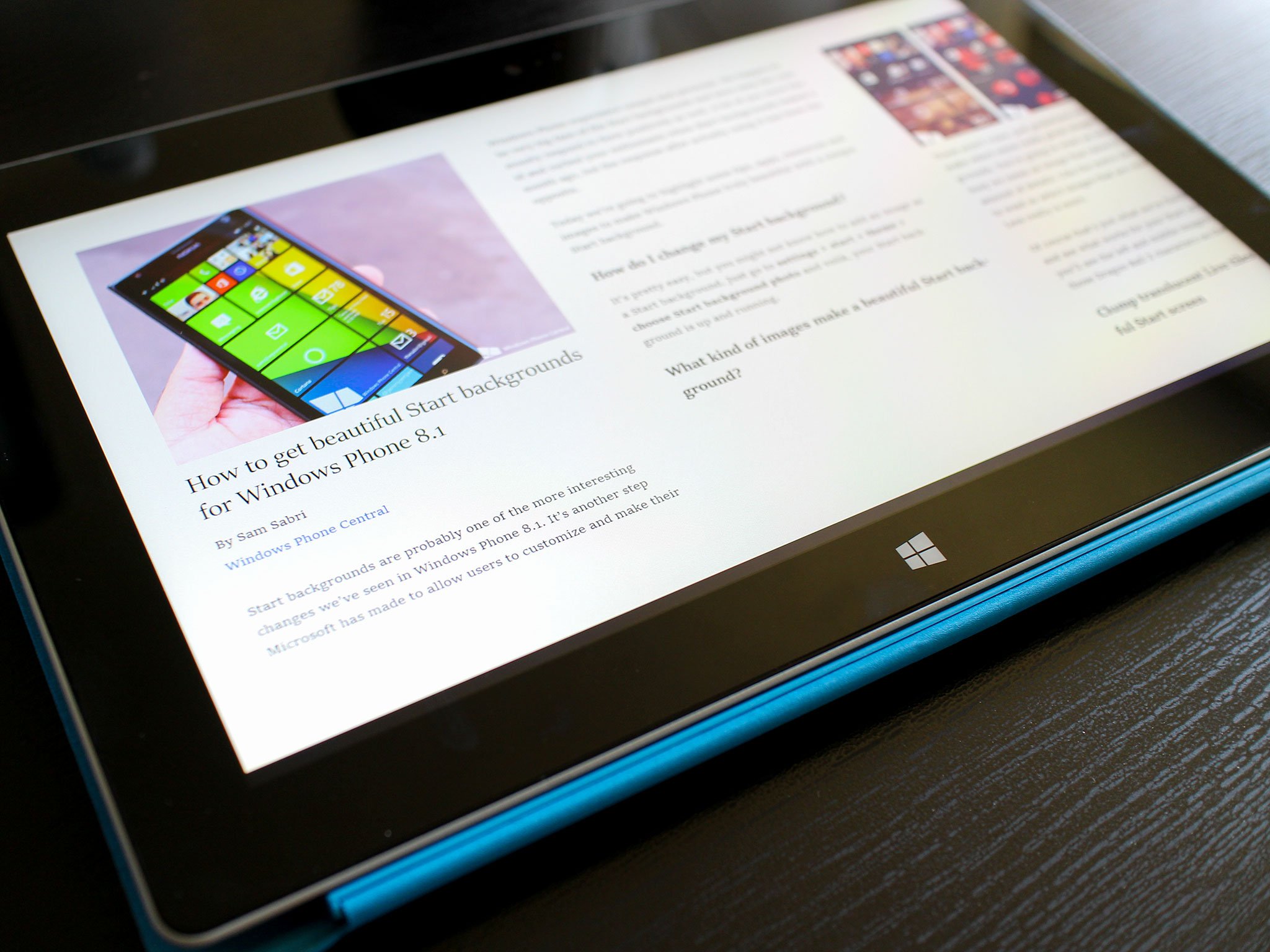Microsoft issues warning about limited, targeted attack vulnerability in Internet Explorer

Microsoft has issued a security advisory for Internet Explorer due to a "zero-day" limited, targeted attack vulnerability it's found "in the wild". Versions of IE include Internet Explorer 6, Internet Explorer 7, Internet Explorer 8, Internet Explorer 9, Internet Explorer 10, and Internet Explorer 11. "Zero day" means it came without warning and "in the wild" means it's already being exploited. There's no mention of Windows Phone having the issues, but if you use Windows in general, it's something to be aware of, but not something to panic about. Here's why...
The exploit is a remote code execution. That means someone needs to trick you into going to a malicious website in order for it to work. What's more, according to Microsoft's security note:
- By default, Internet Explorer on Windows Server 2003, Windows Server 2008, Windows Server 2008 R2, Windows Server 2012, and Windows Server 2012 R2 runs in a restricted mode that is known as Enhanced Security Configuration. This mode mitigates this vulnerability.
- By default, all supported versions of Microsoft Outlook, Microsoft Outlook Express, and Windows Mail open HTML email messages in the Restricted sites zone. The Restricted sites zone, which disables script and ActiveX controls, helps reduce the risk of an attacker being able to use this vulnerability to execute malicious code. If a user clicks a link in an email message, the user could still be vulnerable to exploitation of this vulnerability through the web-based attack scenario.
- An attacker who successfully exploited this vulnerability could gain the same user rights as the current user. Users whose accounts are configured to have fewer user rights on the system could be less impacted than users who operate with administrative user rights.
- In a web-based attack scenario, an attacker could host a website that contains a webpage that is used to exploit this vulnerability. In addition, compromised websites and websites that accept or host user-provided content or advertisements could contain specially crafted content that could exploit this vulnerability. In all cases, however, an attacker would have no way to force users to visit these websites. Instead, an attacker would have to convince users to visit the website, typically by getting them to click a link in an email message or Instant Messenger message that takes users to the attacker's website.
So, normal, prudent browsing practices should keep you safe. Don't run as administrator, don't click on links to websites you don't know and trust, and if you're at all concerned, default to Firefox or Chrome until Microsoft issues a security fix.
These types of exploits happen. Perfect code is almost impossible these days. From "goto fail" to "Heartbleed" exploits are going to keep getting found. The important thing is how the companies involved handle disclosing and fixing them, and how we keep ourselves safe in the meantime.
If anyone has any other security recommendations, add them to the comments!
Source: Microsoft
All the latest news, reviews, and guides for Windows and Xbox diehards.

